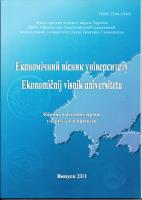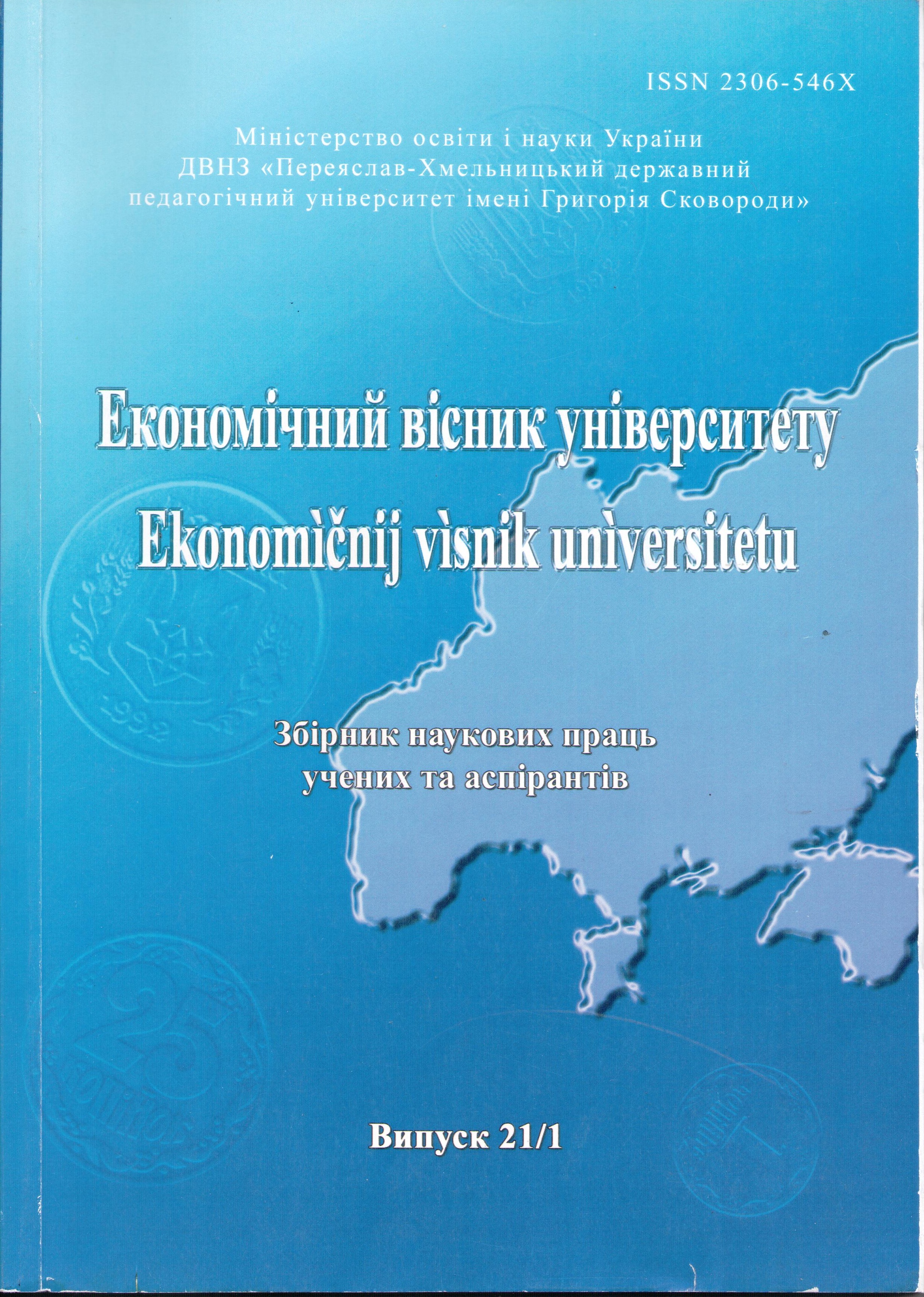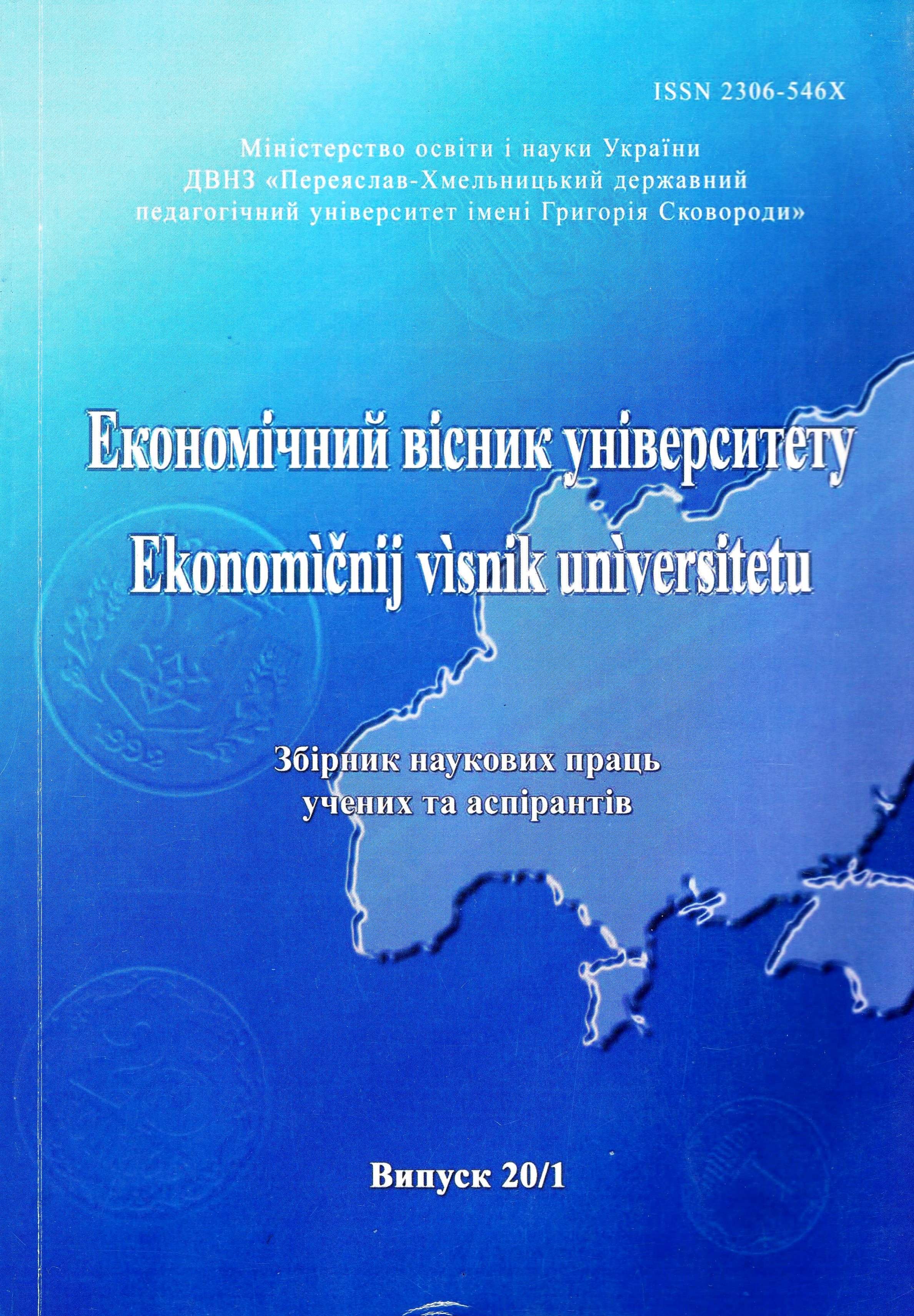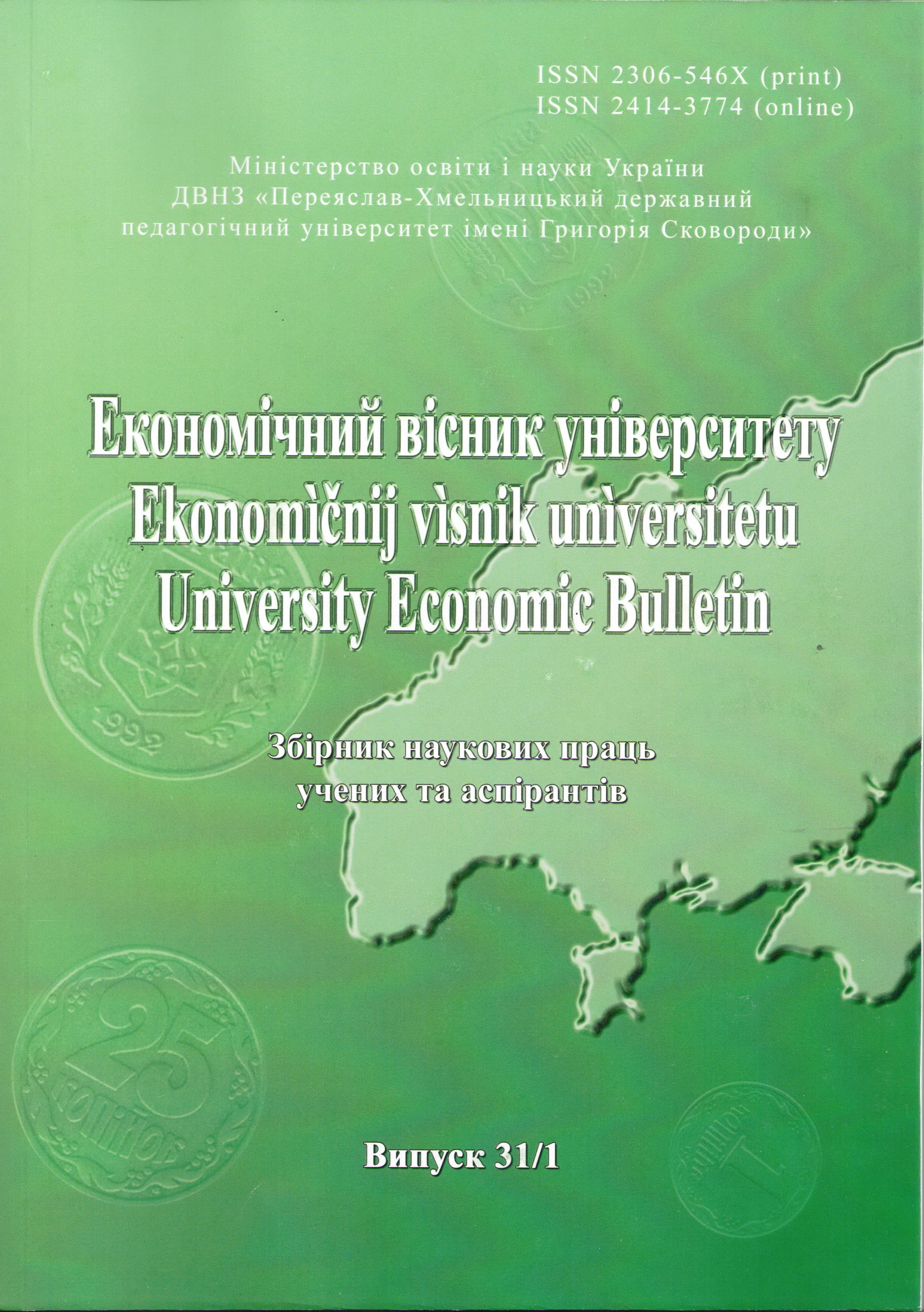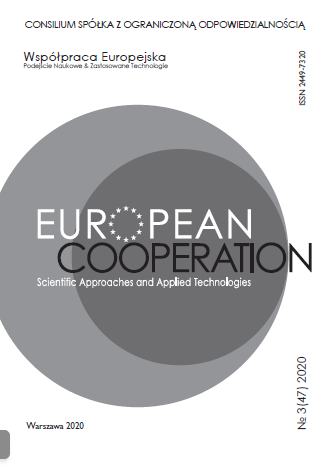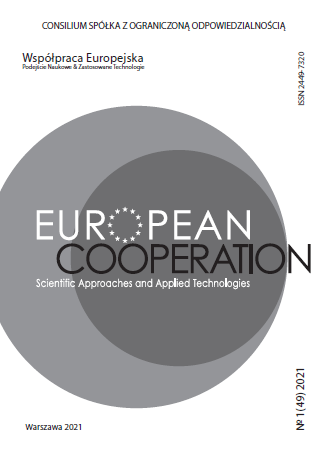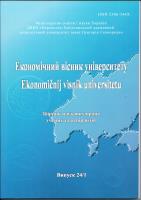
Професійний розвиток персоналу як передумова підвищення рівня продуктивності праці
The article deals with the role and the necessity of professional development and training, as well as an analysis of the major trends and forms of professional education and staff development. The subject of the research is staff professional education.The purpose of this article is to reveal the main directions, forms and methods of staff professional development, organization of staff training.The results of the work may find practical applications in any enterprise, organization or institution where the management cares about staff training including the interests of the company at a rapid filling of vacancies, cost savings, which are related to the preparation of workers, as well as workers' interests - to get a complete professional training.Nowadays, the employee must possess such qualities, as strategic thinking, entrepreneurship, wide erudition, high culture. Today there is a requirement of continuous staff development, that means activities which promote full disclosure of personal potential of employees. These may be individual or group activities, conducted in the work or any special place, or may be focused on the development of general or specific skills.The system of staff development must be flexible, able to change the content, methods and organizational forms according to the needs of production and the situation that composed in the labor market. That’s why, HR should focus their efforts on solving such problems as development strategy for the formation of qualified staff; identifying training needs of workers in the context of professions and occupations;choice of forms and methods of professional development; selection of program-methodical and material-technical support of the learning process as an important condition for its quality; financial support for all types of training in the right quantity.Staff training can solve the main problems in the interests of the organization - improving the efficiency and quality of work, and in the interests of people – increasing the quality of life, creating the opportunity to realize their abilities as well. The employee becomes competitive in the labor market. Therefore, at modern stage the priority for organizations are tasks of ensuring competitive staff training. Its important qualities are:flexibility, mobility, training and high cultural and technical level, the ability quickly to increase your knowledge. The management, HR have a wide arsenal of forms, methods and means of teaching staff, the choice of which depends on the strategic tasks of staff development, understanding of the contents of the process, efficiency of using its components.
More...
